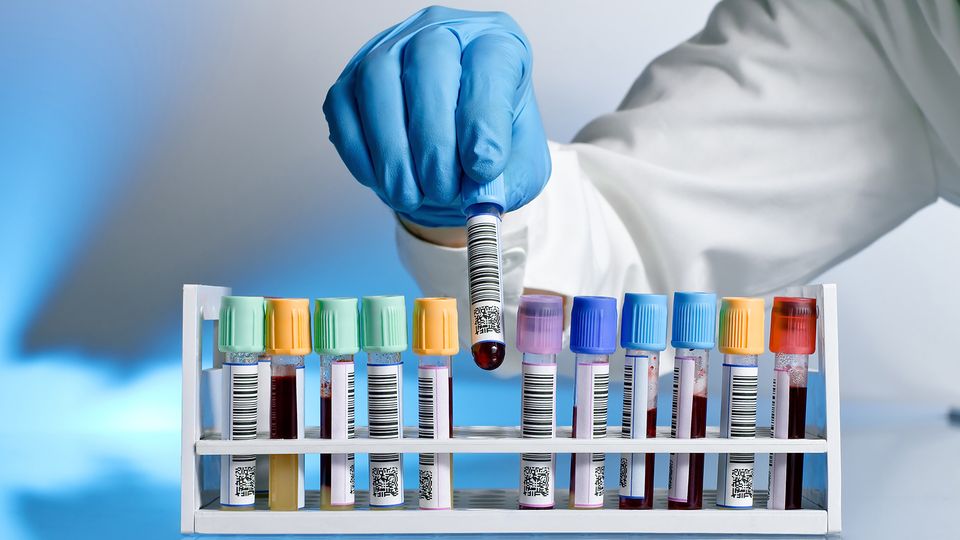Sample management and storage are often underestimated yet play a critical role in ensuring research accuracy and reproducibility. Whether it be biological, clinical or environmental samples, effective management can mean the difference between successful studies and compromised results.
This guide explores strategies to enhance sample management, including practical tips and emerging trends that modernize approaches to storage.
Download this guide to explore:
- How to maintain sample traceability and reduce handling errors
- Tips for selecting optimal storage conditions and solutions
- Strategies for sustainability and contingency planning in sample management
How To Guide
Top Tips for Sample Management
and Storage
Andy Tay, PhD
Sample management and storage are important steps in research projects, but as they do not directly
contribute to data generation, their significance might often be overlooked by researchers. Practically all
biological experiments require samples to be managed and stored for purposes like post-collection pro
cessing
and analysis. Consequently, the robustness of sample management and storage approaches has
implications for experimental reproducibility and even clinical safety.
For example, patient-derived tissues need to be given proper identification to track patient traits such as
age and disease type, which can be important for correlation analyses. Furthermore, these tissues have to
be stored in appropriate conditions such that they do not degrade before they can be used in downstream
studies like tissue staining and protein analyses. Similarly, cells should be biobanked and stored at the right
temperature, typically, -80 °C or -196 °C, to preserve their functionalities. When cells are not stored at the
right temperature, ice crystal formation can damage cell membranes and cause dehydration and hyperos
molarity
stresses. In this guide, we share tips to manage and store your samples successfully.
Maintain sample traceability
Sample management refers to an individual laboratory workflow that comprises sample selection and
identification, appropriate storage and efficient retrieval of viable samples. This workflow also includes
sample inventory management, storage and retrieval of relevant data regarding all consumables, like
reagents. Regardless of the source of samples – biological, clinical or environmental – it is useful to es
tablish
a tagging or identification system to trace the origin of the samples. This can be done by labeling
samples with physical stickers.
Many companies are selling sample labeling systems and have even come up with products such as
compact WIFI-capable label printers and custom-designed laboratory labeling software. There are also
specific labels for cryostorage and others that resist the most aggressive chemicals so that valuable
samples can be identified. Adopting effective sample management practice and using innovative trac
ing
solutions can be helpful for audit checks and project handovers, particularly in labs with temporary
interns and organizations with a high turnover of researchers.
Additionally, a traceable system will allow users to identify steps in which samples might have been mis
handled.
With cell therapy applications, robust sample management is vital as personalized cells must be
given back to the same patient after manufacturing. Without a tracking system, it would be impossible to
know whether cells were dosed back into the correct patients, which would have significant implications
on the safety of cell therapies.
1





